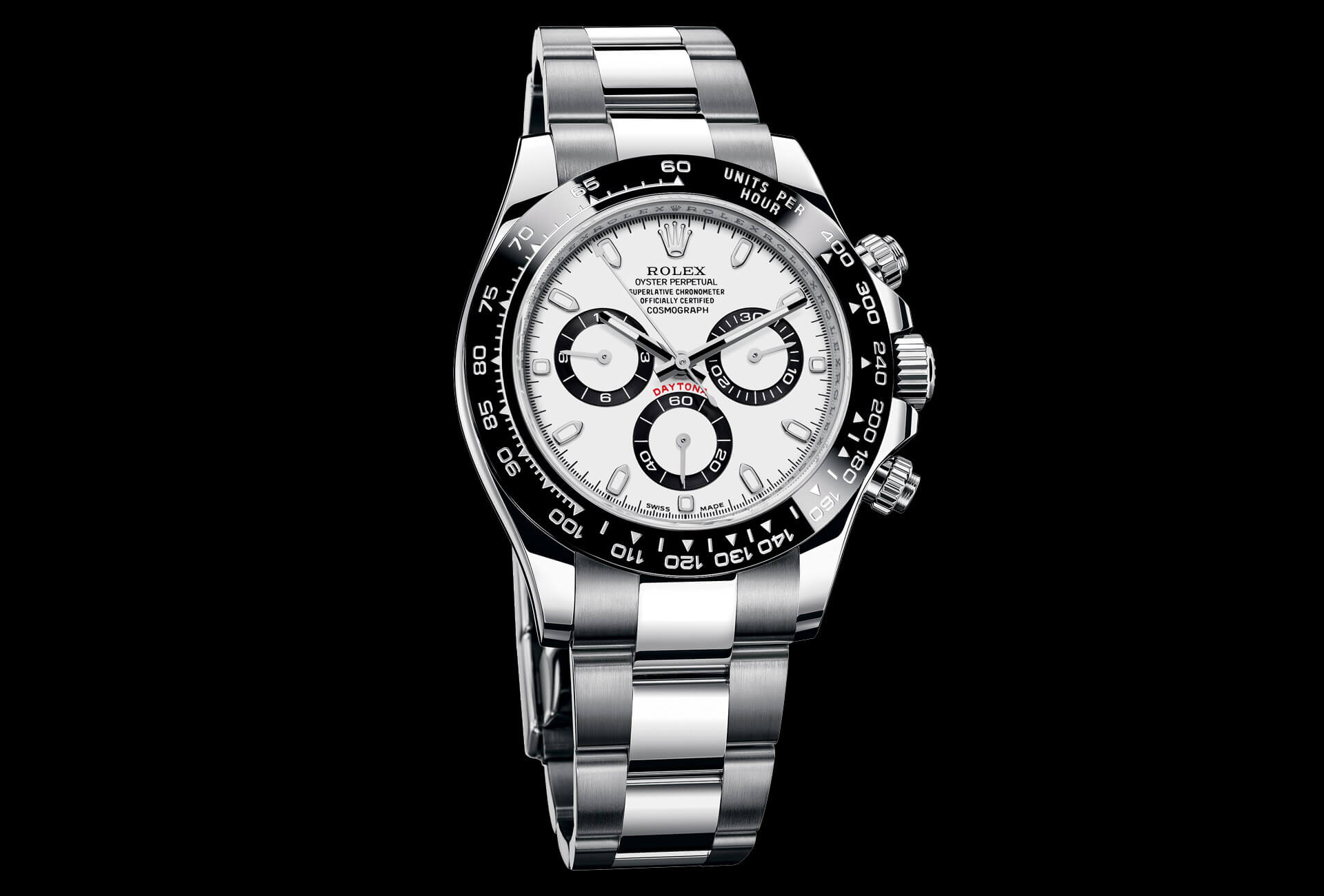In the wake of Brexit and the fall in sterling, which boosted the purchasing power of visitors to the United Kingdom, sales of Swiss watches took off. This is hardly surprising, says René Weber at Vontobel Bank, given that certain models cost up to 40% more in the United States. Out of the top fifteen destinations for Swiss watches in 2016, the United Kingdom is the only one, alongside South Korea, where exports ended the year on a positive note (+3.7%). Needless to say, like the majority of high-end Swiss brands, Rolex has been popular among Britain’s luxury shoppers these past months, prompting Home Protect insurers to look more closely at what makes the brand such a big draw, and why its name comes up repeatedly in its policies.
“We recently looked at the watches on our books to try and figure out why there are so many Rolexes out there,” it reports. “We’ve discovered Rolexes all over the place. They’re squirrelled away in the hills of Northern Scotland, the Welsh valleys and the streets of central Sheffield. They grace the wrists and safes of athletes, actors, company directors and business magnates alongside the odd dog walker and yoga instructor. One thing is for certain, Rolexes make up a large proportion of the nation’s nest egg.” And so the company dived into its data, determined to find out what makes a Rolex owner tick.
A 68-year-old man
The first conclusion, given that the average Rolex costs upwards of £5,000 (CHF 6,300 – €5,900), is that Rolex and wealth tend to go hand-in-hand. When looking at the number of Rolexes per town as a fraction of the population, the names that emerge are the most prosperous areas, and often with the highest population of retirees. These are, according to Home Protect, two factors that clearly increase the likelihood of Rolex ownership. However, while wealth remains a decisive factor, it isn’t a barrier as Home Protect’s records include their share of musicians, café workers and check-out assistants. Even so, the analysis suggests that cities with the youngest overall populations are those with the least number of Rolex owners.
Home Protect’s second conclusion is that Rolex is the exception to the rule that a timepiece, as a piece of technology and therefore never entirely safeguarded against obsolescence, is not the most reliable way to build a nest egg. As one of the 100 most influential luxury brands, Rolex watches have proved to be a remarkably steady investment, even pre-owned. Which could explain why so many of Britain’s Rolexes belong to retirees. The Home Protect survey shows that the average age of a Rolex owner is 68, with men outnumbering women almost two to one. Closer scrutiny shows that 66% of owners are over 65 compared with just 1.5% of under-35s. The reasons for Rolex’s success, says Home Protect, are the efforts the brand has made to build a mystique and prestige around its name, making it one of the world’s most desirable brands. Other factors are its reputation for innovation and durability, sponsorship of top-class sporting events and some clever product placement, with Rolex having appeared on the wrist of Brad Pitt, Cameron Diaz and James Bond, among others. In a word, a Rolex is for life, and for generations to come. Which, says Home Protect, explains why Rolex owners represent so many different professions, including those at the bottom of the pay scale such as police officers, hairdressers and receptionists. Passed down to them, perhaps, by a canny grandfather, and visibly not about to lose any of its appeal…

















